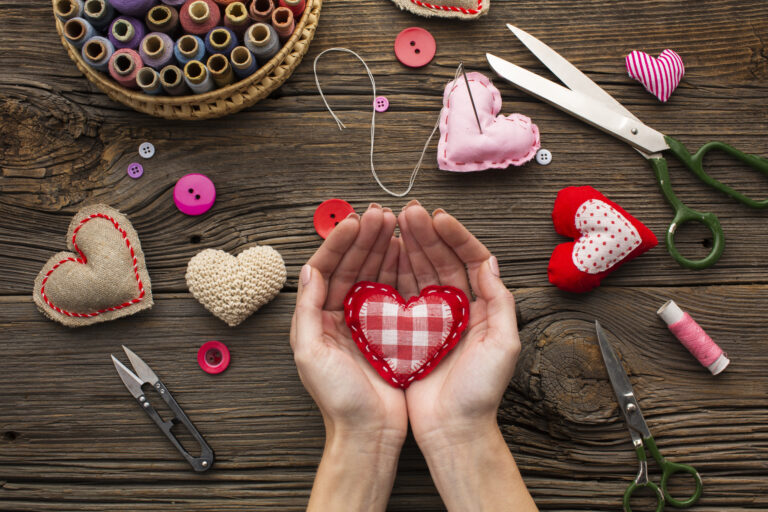Handmade: The New Trend in the Modern World
The Rise of Handmade Culture
In recent years, there’s been a significant shift towards appreciating the uniqueness and quality of handmade items. This trend, often referred to as “Mallow Magic,” symbolizes a return to individual craftsmanship and authentic design. From mallow bars to bespoke furniture, the handmade movement is reshaping consumer preferences. Parallel to this trend is the rise of personalized services in other domains, such as academic assistance, which can help to write my capstone project by websites like domyessay.com which tailor their offerings to individual needs, mirroring the custom approach of the handmade movement
The Art of Craftsmanship
Behind every handmade product is a story of skill and passion. Artisans pour their hearts into creating items like handmade jewelry and handmade soap, ensuring each piece is not just an item, but a work of art. This level of dedication is what sets handmade goods apart from their mass-produced counterparts. WritePaper extends its writing services to cover a variety of niche topics, including the world of Handmade crafts and products. This service is ideal for artisans, crafters, and hobbyists looking to articulate the value and uniqueness of handmade items. WritePaper assists in crafting detailed descriptions, blog posts, or academic papers that delve into the craftsmanship, culture, and personal stories behind handmade creations, providing a voice and platform for the handmade community.
What We Can Do
Environmental Impact and Sustainability
Handmade products are not just about aesthetic appeal; they are a step towards environmental responsibility. The production of handmade rugs or handmade leather bags, for example, often involves sustainable materials and practices, reducing the carbon footprint compared to mass production.
Handmade in Fashion and Decor
The influence of handmade items in the realms of fashion and home decor is unmistakable. Handmade leather wallets, elegant jewelry, and bespoke furniture have become symbols of style and sophistication, reflecting a deeper appreciation for artisanal skills. Furthermore, this trend extends beyond just individual items; it’s about creating a holistic aesthetic.
Handmade decor pieces like intricately woven rugs and custom-designed curtains add a personal touch that mass-produced items simply can’t match. They transform a space into a reflection of personal style and values. As more people seek to express their individuality and ethical choices through their purchases, handmade fashion and decor items are not just products; they become part of a lifestyle statement.
Supporting Local Artisans
By choosing handmade, consumers support local craftsmen and communities. This patronage helps preserve traditional skills and promotes economic growth within localities, making the purchase of a handmade item an investment in both quality and community.
Handmade is a passion

Handmade vs. Mass Production
The contrast between handmade and mass-produced items is stark. While mass production focuses on quantity and cost-efficiency, handmade goods prioritize quality, uniqueness, and the preservation of traditional techniques. This difference is palpable in items like handmade furniture, which boast durability and character.
The Future of Handmade
The future of handmade products is bright and promising. As consumers become more conscious of the origins and impact of their purchases, the demand for handmade goods is expected to grow. This trend will likely drive innovation while honoring traditional crafting methods. Additionally, the integration of technology in artisanal practices is set to open new avenues for handmade creations. From online marketplaces specifically for handmade items to social media platforms enabling artisans to showcase their work globally, technology is democratizing the reach of handmade products.
This digital evolution ensures that handmade goods, from mallow magic-inspired crafts to custom leather goods, are not just preserved as traditional art forms but are also adapted and celebrated in the modern digital era.

Getting Involved in the Handmade Movement
For those inspired by the handmade trend, there are many ways to get involved. Whether it’s learning to craft your own mallow magic creations, purchasing from local artisans, or exploring markets for unique handmade items, there’s a place for everyone in this growing movement.